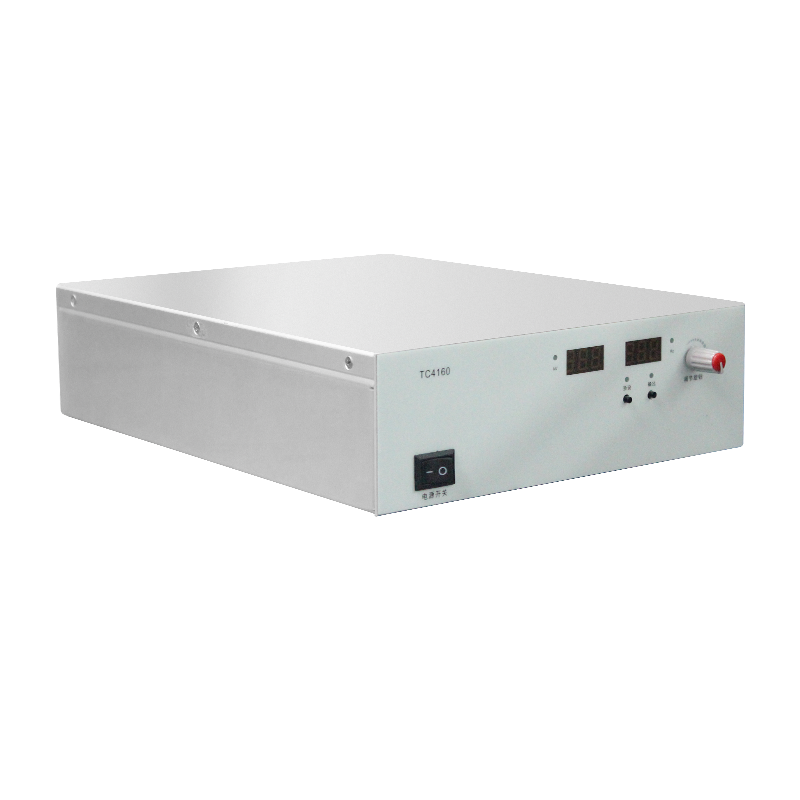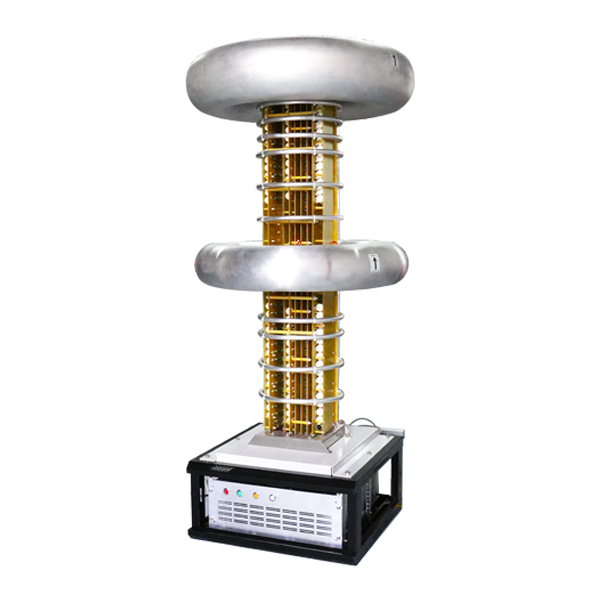Design of an Intelligent Fault Early Warning System for High-Voltage Power Supplies in Ion Implantation
In semiconductor manufacturing, the high-voltage power supply system of ion implanters must deliver stable voltages ranging from tens of thousands to millions of volts, directly determining wafer doping quality. However, prolonged operation under high-load, strong-electric-field environments makes these systems prone to failures. This paper proposes an intelligent fault early warning system based on multi-dimensional sensing and analytics, enabling early intervention and tiered responses.
1. Failure Modes and Warning Requirements
High-voltage power supply failures fall into two categories:
1. Electrical Faults: Accounting for >40% of failures, including instantaneous voltage drops due to IGBT/MOSFET breakdown, beam loss of control from feedback circuit failures, and leakage current surges from insulation aging.
2. Mechanical and Thermal Management Failures: Examples include thermal stress cracks in transformers from poor heat dissipation and cooling blockages (e.g., pure water scaling), triggering over-temperature protection and arcing.
Traditional monitoring relies on relay protection or manual inspections, lacking real-time transient capture. An intelligent non-contact solution is critical.
2. System Architecture Design
A four-tier Sense-Transmit-Analyze-Decide architecture is adopted:
1. Sensing Layer
• Non-contact Electric Field Probes: Convert strong fields to microvolt signals without hardware interference.
• Multi-parameter Sensors: Cover critical points (busbars, cable joints) with ±0.5°C temperature accuracy and 10kHz–2MHz vibration detection bandwidth.
2. Edge Computing Layer
Preprocesses data via optocoupler isolation circuits and STM32 microcontrollers, extracting features like traveling-wave rise time and harmonic distortion rates, reducing data volume by >90%.
3. Analytics Layer
• Fault Diagnosis Models: Wavelet-based extraction of traveling-wave arrival time (error ≤4m) with ML algorithms identifying fault types (e.g., single-phase grounding, high-resistance grounding) at ≥98% accuracy.
• Dynamic Threshold Adjustment: Auto-calibrates alarms based on historical data and aging curves.
4. Tiered Response Layer
• Pre-alarm Stage: Insulation discharge below thresholds triggers yellow indicators and cloud work orders.
• Emergency Stage: Threshold breaches activate sirens and SMS alerts via RS485/4G; if protective doors are open, buzzers enforce alerts.
• Protection Stage: Faults located within ≤10m (GPS timing error ≤5m) trigger high-voltage output lockout.
3. Core Innovations
1. Non-contact Monitoring and State Assessment Fusion
Health Index (HI) models combine electric field, temperature, and vibration data, improving maintenance accuracy by 60%.
2. Dynamic Tiered Alarming
Context-aware responses (e.g., door status) reduce false alarms while ensuring safety.
3. Edge-Cloud Collaboration
Edge nodes handle real-time data; cloud platforms perform deep learning and Monte Carlo failure simulations, enabling ≤10-minute fault response.
4. Application Value
Deployed in a 12-inch wafer fab, the system reduced high-voltage downtime by 75% and power device replacement rates by 42%. Its 3D visualization and automated inspection routes boosted maintenance efficiency by 50%.
Conclusion
This system revolutionizes ion implanter safety through non-contact sensing, multi-parameter fusion, and dynamic tiered alarming. Future integration with digital twins will further refine predictive maintenance, supporting next-generation semiconductor manufacturing reliability.




















